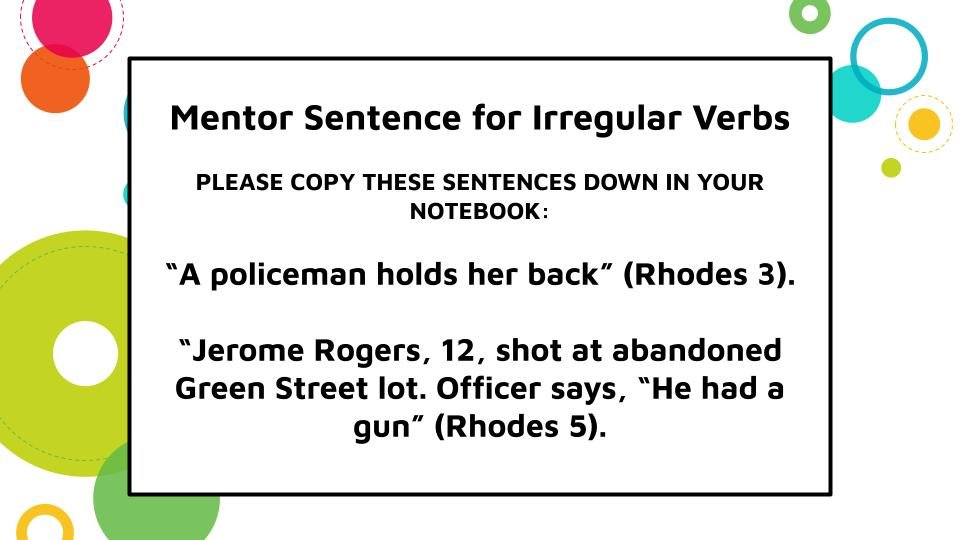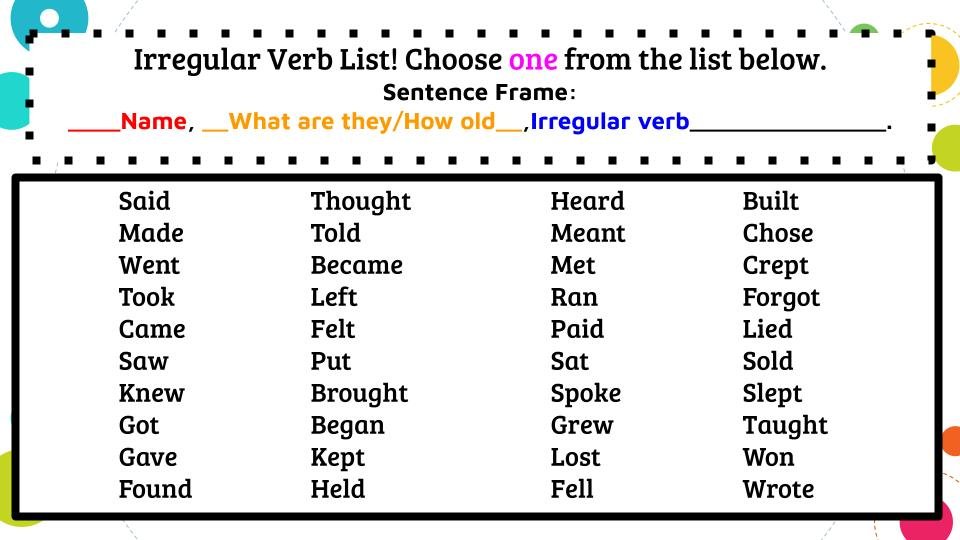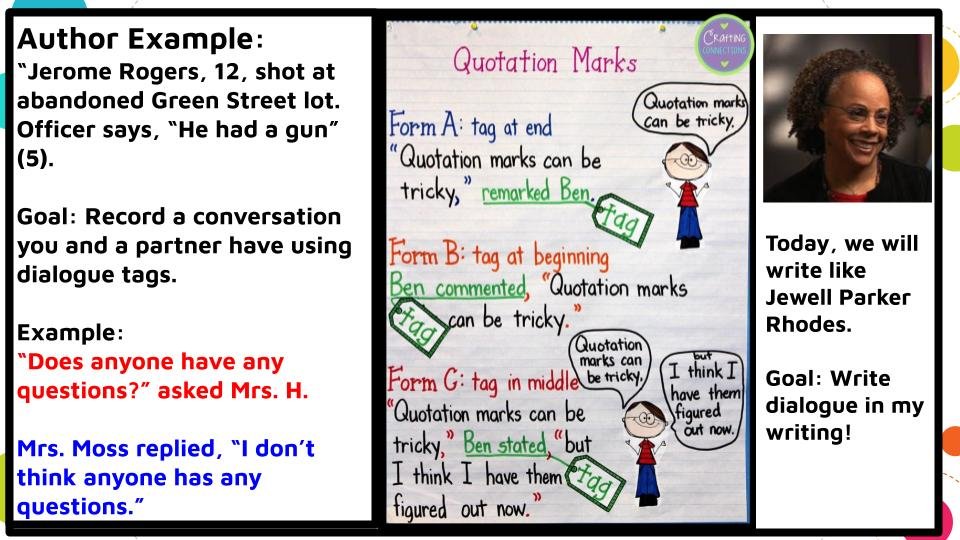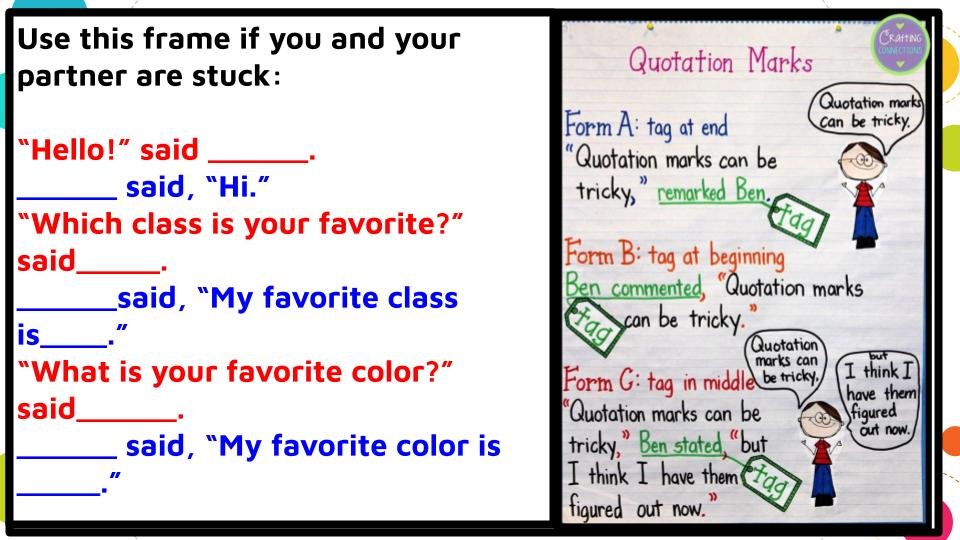Mastering Dialogue: A Guide to Using Quotation Marks and Rules in the English Language Arts Classroom
A Mini-Guide to Quoting with Confidence
Dialogue is an essential element of storytelling, bringing characters to life and adding depth to narratives. As English Language Arts (ELA) educators, it is crucial to teach students the proper use of quotation marks and rules of dialogue. By mastering these skills, students can effectively convey conversations, enhance their writing, and develop a strong command of punctuation. In this blog post, I explore the importance of using quotation marks and the rules of dialogue, along with practical tips for teaching these concepts in the ELA classroom. Quotation marks serve two primary functions in writing: indicating direct speech and enclosing titles of short works. In this post, let’s focus on dialogue as it shows up in works of fiction or narratives.
The Five Introductory Rules for Punctuating Narrative Dialogue
1. Use double quotation marks to begin and end a direct quotation: Encourage students to enclose the spoken words of a character within double quotation marks ("..."). This helps readers identify dialogue and distinguish it from narration or description. They can also separate the quoted material by introducing it using a dialogue tag. Example: She said, “I told you so.” She said =the dialogue tag.
2. Start a new paragraph with each new speaker: Teach students to begin a new paragraph each time a different character speaks. This visual cue helps readers follow the flow of the conversation and prevents confusion.
3. Capitalize the first word of direct speech: Remind students to capitalize the first word of a direct quotation. For example: "She exclaimed, 'I can't believe it!'"
4. Use punctuation inside quotation marks: Emphasize the placement of punctuation marks within the quotation marks, even if they are not part of the original quote. For example: "I'll see you tomorrow," he said.
5. Use dialogue tags and action beats: Demonstrate how to attribute dialogue to specific characters using dialogue tags (e.g., "he said," "she asked") or action beats (e.g., "she smiled," "he sighed"). Encourage students to vary their usage of tags and beats to avoid repetitive writing.
Classroom Activities for Teaching Dialogue
Dialogue Punctuation Practice
Provide students with dialogue passages with missing punctuation marks. Ask them to identify and correct the errors, reinforcing the rules of dialogue punctuation.
Role-Playing
Encourage students to engage in role-playing activities where they create and act out dialogue based on a given scenario. This helps them understand the natural flow of conversation and the use of quotation marks.
Dialogue Writing Prompts
Offer writing prompts that require students to create dialogue-based scenes. Encourage them to apply dialogue rules and focus on character development and conflict resolution.
Peer Editing
Implement peer-editing sessions where students review and provide feedback on each other's dialogue writing. This helps reinforce dialogue rules and encourages collaboration and constructive criticism.
Teach Dialogue with Mentor Texts
Using works of fiction provides a great opportunity to boost reading appreciation in your classroom and also teach the writing moves that authors are using in their books. If you are new to the mentor text process, I recommend starting here:
How I Started My Mentor Text Warm-Up Routine
Make a Plan for Mentor Text Warm-Ups
Start a Mentor Text Routine in 3 Easy Steps
Any chapter book or novel could work for teaching rules of dialogue. It doesn’t matter what genre you choose. You just want to find an exchange of dialogue that includes those 5 basic introductory concepts that you can help show kids. One book that I love is Ghost Boys by Jewell Parker Rhodes.
Using Ghost Boys by Jewell Parker Rhodes, here is a proposed instructional sequence:
Start with a book talk (always)
Have kids write down mentor sentences and make observations
Address irregular verbs to help with the sentence frames
Have students practice with irregular verbs using a given sentence frame
Show students different patterns with dialogue tags
Partner kids up for dialogue practice where they can use the frames if needed to create a written conversation
In Summary
Mastery of using quotation marks and rules of dialogue is essential for effective communication and compelling storytelling in the English Language Arts classroom. By teaching students how to properly punctuate dialogue, attribute quotes, and integrate dialogue into narratives, educators empower them to express themselves creatively and develop strong writing skills. With regular practice, engaging activities, and a solid understanding of these concepts, students will become proficient in the art of dialogue, enhancing the depth and authenticity of their writing.








